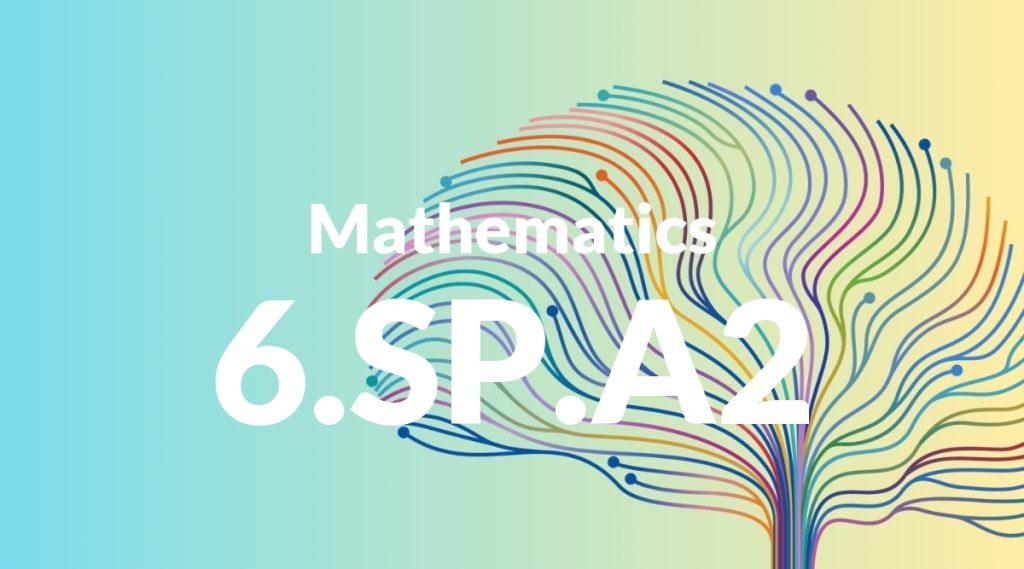Standard: 6.SP.A2 – Understand that a set of data collected to answer a statistical question has a distribution which can be described by its center, spread, and overall shape.
Grade level: Grade 6
Subject: Mathematics
Domain: Statistics & Probability
Teacher Overview
This standard focuses on understanding data distributions in terms of their center, spread, and overall shape. Mastery of this standard is crucial as it lays the groundwork for more advanced statistical analysis in higher grades. Students should already be familiar with basic data collection methods and simple statistical measures such as mean, median, and mode.
After mastering this standard, students will be able to interpret more complex data sets and use statistical tools to make informed predictions.
Common Misconception 1
A common misconception is that the center of a data distribution is always the mean. This is incorrect because the median or mode can also serve as the center, depending on the data set.
Intervention 1
To address this misconception, use diverse data sets to illustrate how the median or mode can represent the center, and explain the contexts in which each measure is most appropriate.
Common Misconception 2
Another misconception is that all data distributions are symmetrical. This is incorrect as many real-world data sets are skewed, meaning they are not symmetrical.
Intervention 2
Show students examples of skewed distributions and discuss the differences between symmetrical and skewed distributions to clarify this concept.
Prerequisite Knowledge
Students should understand basic concepts of data collection and simple statistical measures such as mean, median, and mode.
Subsequent Knowledge
Students will develop skills in interpreting more complex data sets, including understanding variability and using statistical tools to make predictions.
Instructional Activities
- Collecting and analyzing class survey data.
- Graphing and interpreting temperature data over a month.
- Comparing test scores from different subjects to understand performance distribution.
- Using real-world data sets to identify center, spread, and shape.
- Conducting experiments to collect and analyze data.




